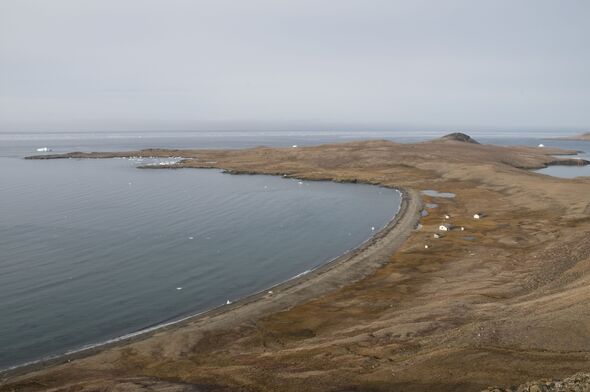Canada’s Devon Island is the world’s largest uninhabited island, with an area of over 21,000 square miles and zero permanent residents.
Located off the north coast towards Greenland, the brutal weather conditions on the Arctic island ensure the formidable environment deters visitors.
Named after Devon in England, the windswept shores also hold a dark past of doomed expeditions and failed colonisation attempts.
The last attempt to establish a settlement on the island collapsed in 1951 and the island was abandoned except for occasional visits to maintain the graves of those buried on the land.
Devon Island is often remembered in association with the Lost Franklin Expedition of 1845.
129 men aboard two ships, HMS Erebus and HMS Terror, set out to map the Northwest Passage for Great Britain and never returned.
Years later, search efforts uncovered traces of the men on Devon Island clothes, rope and hundreds of empty food tins – graves of some of those aboard the two ships were later found on the neighbouring Beechey Island.
In 1924, the Royal Canadian Mounted Police attempted to establish a settlement on the island, also bringing 52 forcibly displaced Inuit people alongside them to claim the land.
Within just three years, one officer was dead from an accidental gunshot wound and another had taken his own life, leaving just one remaining.
The last officer left alive and the Inuit families eventually abandoned their post and the site was shut permanently in 1951 after further failed attempts to reopen the site.
The graves of the Royal Canadian Mounted Police officers who perished in the 1900s are held in a small picketed-fenced cemetery on the island.
The only other remaining signs of the failed settlement are the ruins of a few buildings along the coastline.
Though the island remains uninhabited, the site is used frequently for scientific research often to simulate the surface of another planet.
Across the island, the ground is permafrost, slushy soil which is permanently frozen below 0C and a landscape which often draws comparisons to the auburn surface of Mars.
